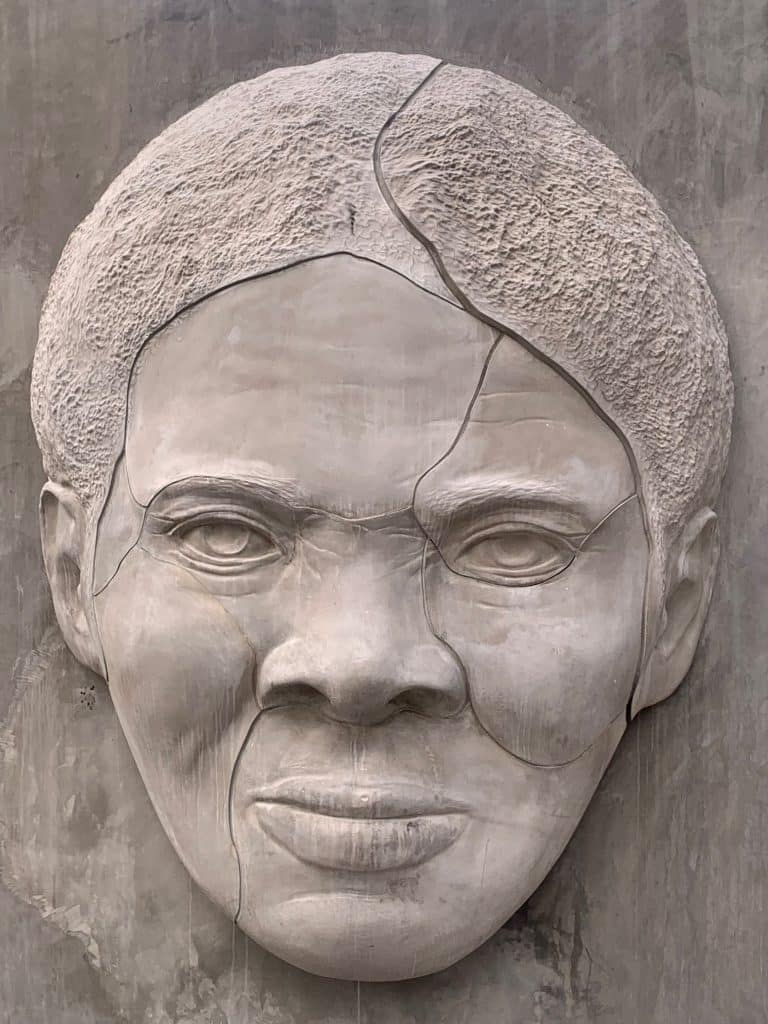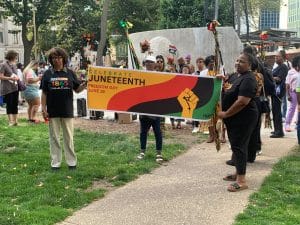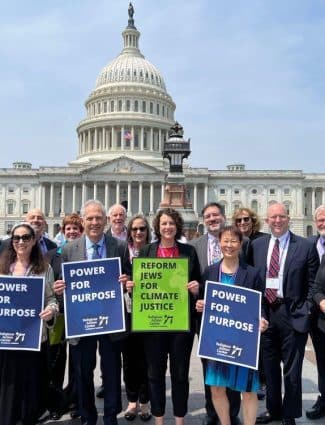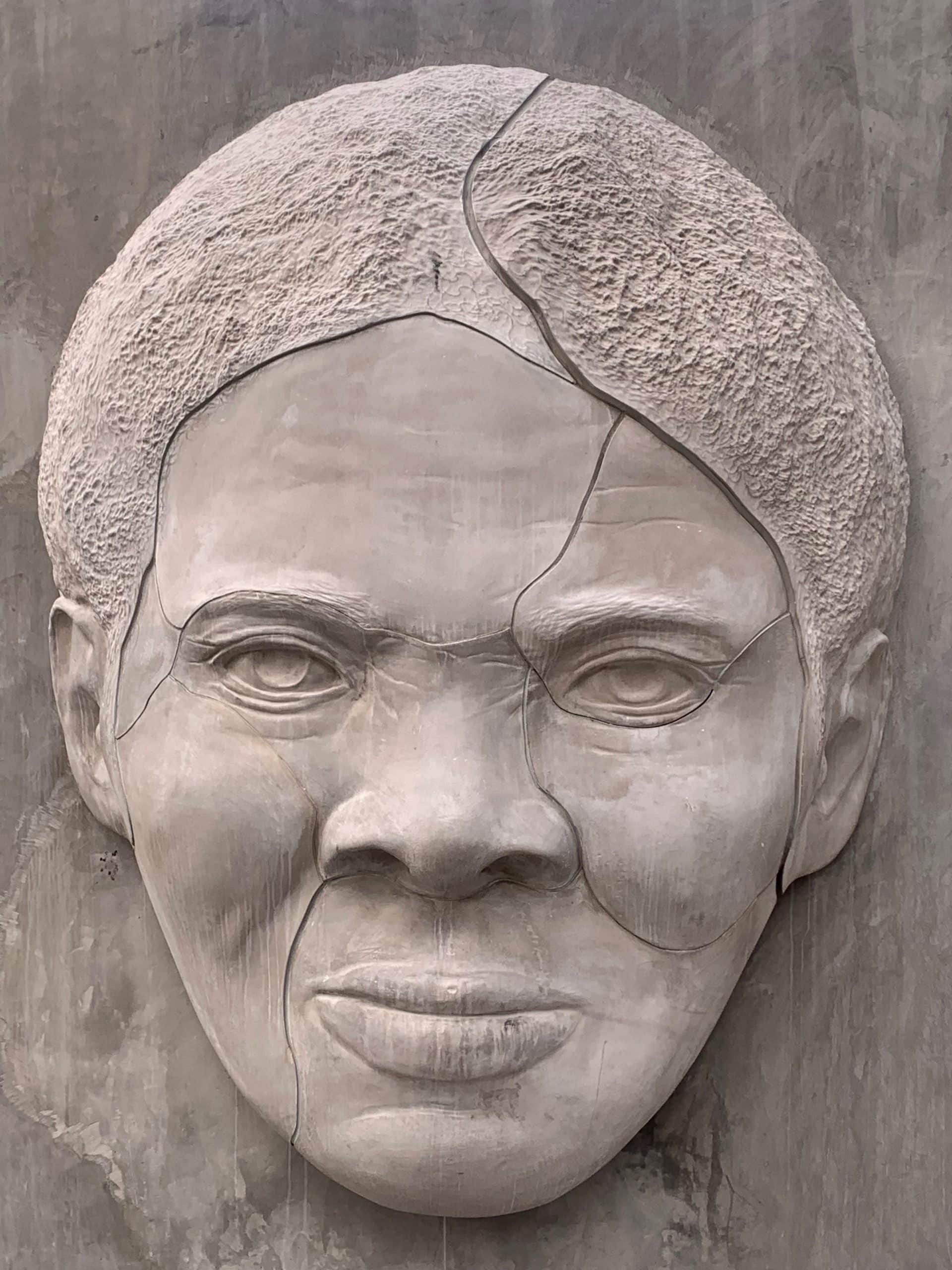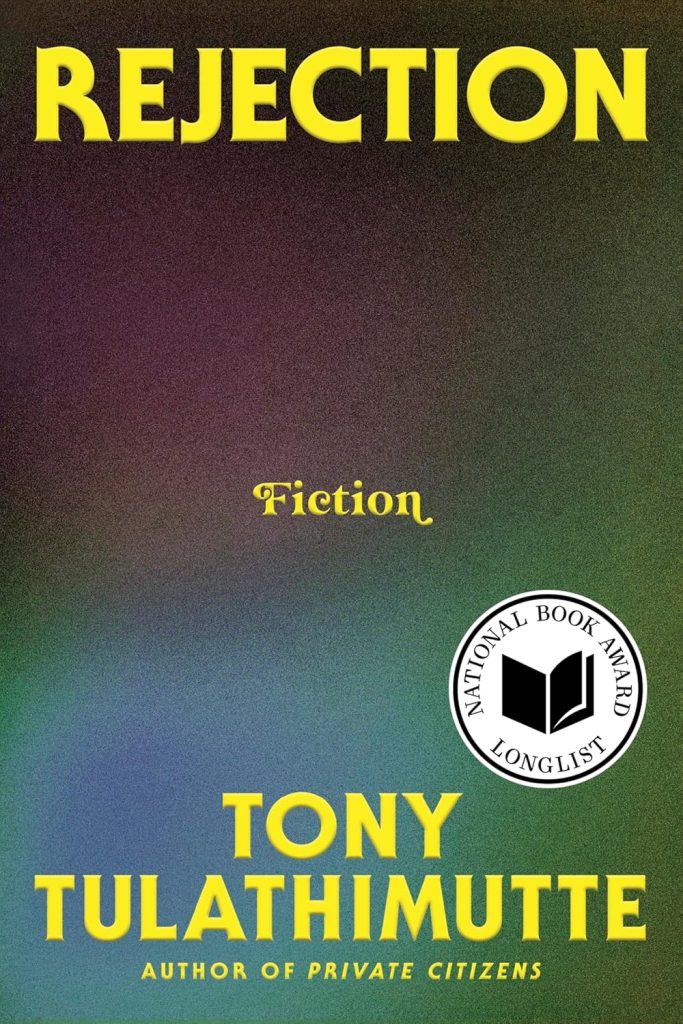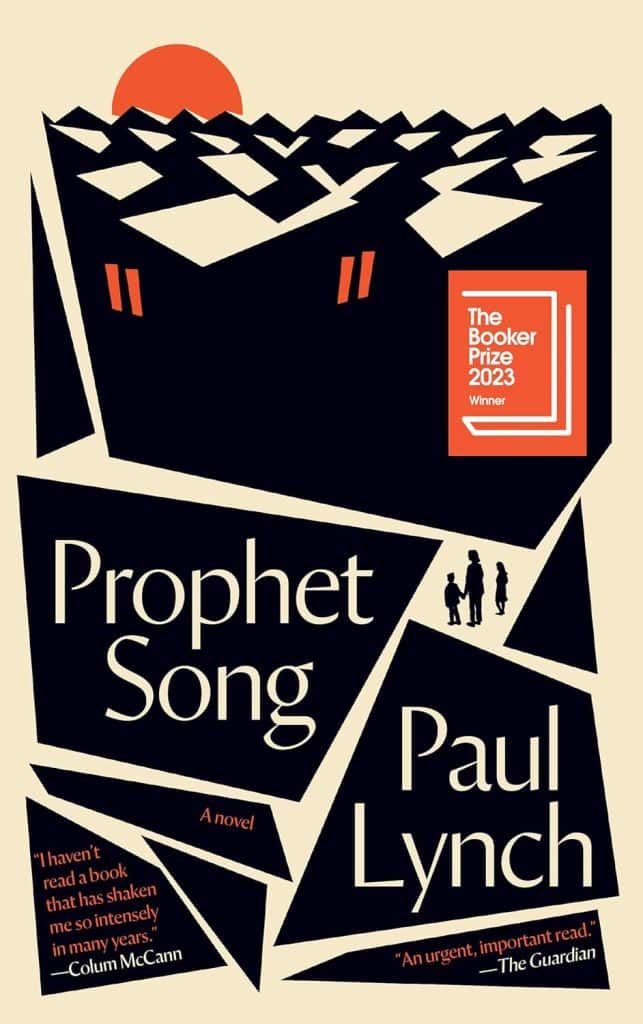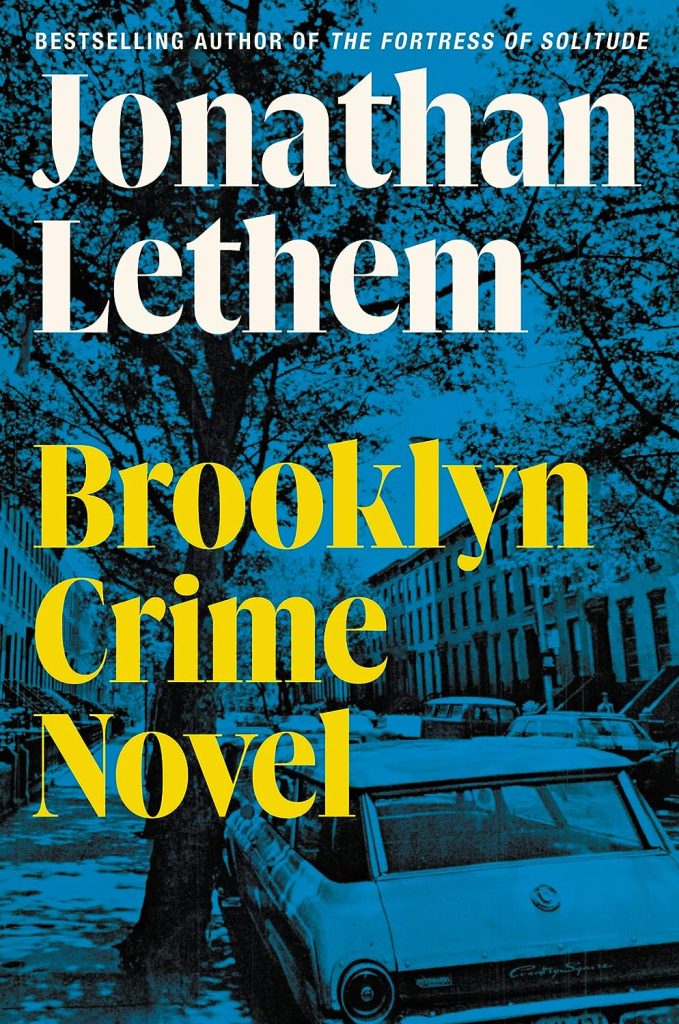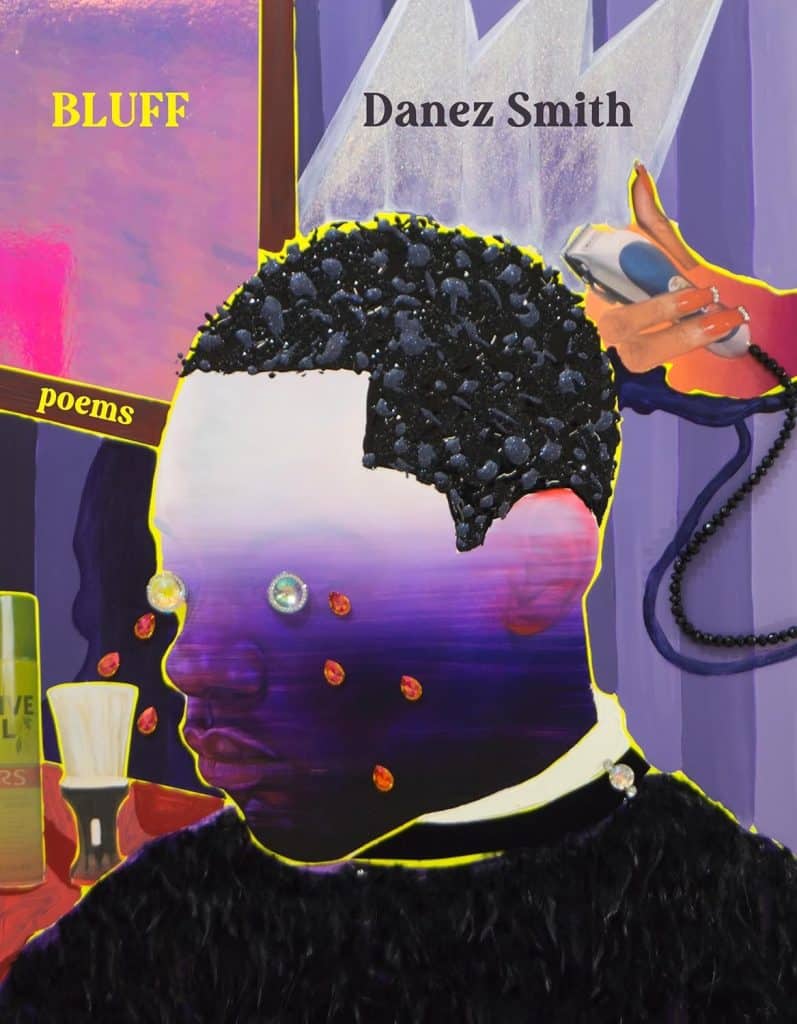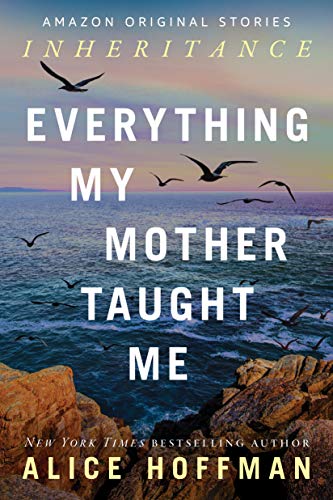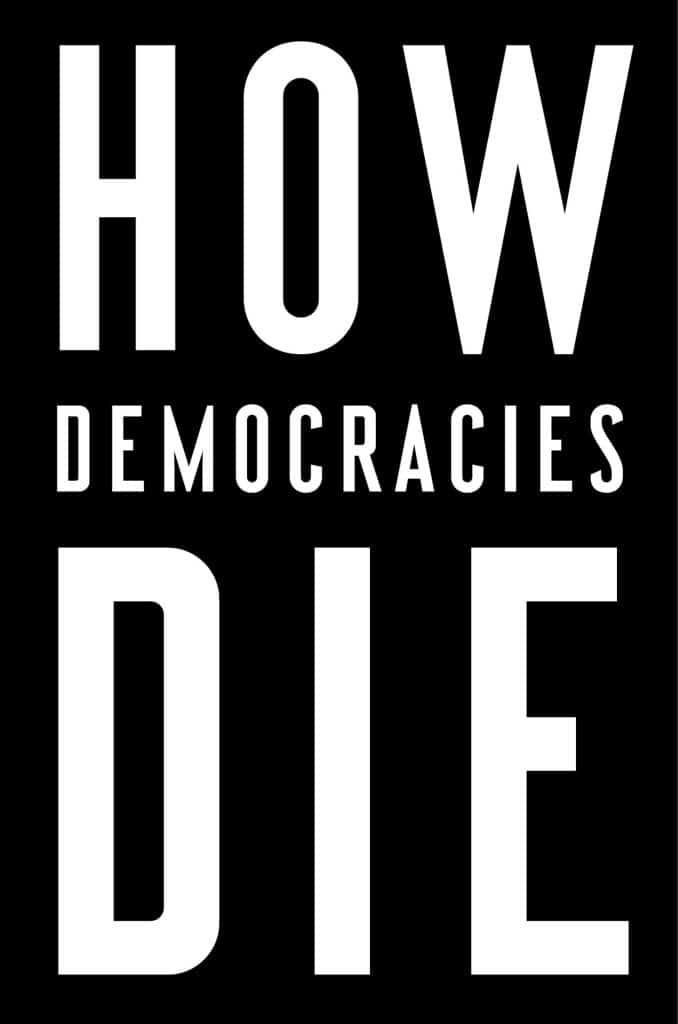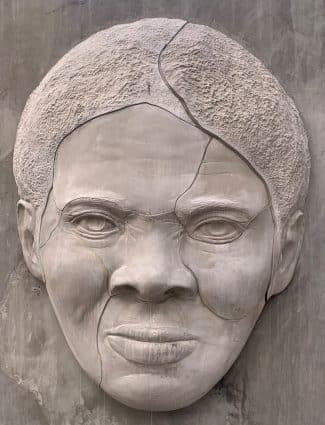
Celebrating Juneteenth in Newark
Shadow of a Face in Harriet Tubman Square
Estimated reading time: 1 minute, 36 secondsOn Monday, I attended the Juneteenth celebrations in downtown Newark and had a wonderful time. Our day began at Harriet Tubman Square, where we paid tribute to her contribution to the Black Liberation Movement’s history in the area and the Underground Railroad. We also saw the newly installed monument, “Shadow of a Face,” which replaced the Columbus statue. The monument’s name, inspired by Robert Hayden’s poem “Runagate Runagate,” is a tribute to Tubman.
After participating in singing and poetry activities, we marched through Newark and reached the NJ Performing Arts Center. We had an informative discussion about “Slavery’s Impact on the Black Experience in New Jersey.” It was a valuable learning experience, and I better understood the hidden histories that deserve more recognition. I have also shared two brief videos in this post that further explore the lasting impact of slavery. I was fascinated to learn that New Jersey was the last state to abolish slavery, and Queen Anne brought it to the state.
Overall, I am grateful for the opportunity to celebrate Juneteenth and look forward to next year’s festivities. Although Jan couldn’t join me physically, her spirit was with me. She would have joined me in wondering how long we must wait to see Harriet Tubman’s face on the US $20 bill. It’s long overdue!
The Jan Lilien Education Fund sponsors ongoing sustainability and environmental awareness programs. Gifts made this month; I will match dollar-for-dollar. All donations are tax-deductible.
I receive a commission when you buy a book or product using a link on this page. Thank you for supporting Sharing Jan’s Love blog.
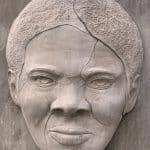
The Forgotten Story of New Jersey’s Enslaved People | Part 1 of 2
Shadow of a Face in Harriet Tubman Square
Estimated reading time: 1 minute, 36 seconds“New Jersey is known as the Garden State,” says author Beverly Mills in the two-part documentary The Price of Silence. “We’re known for our blueberries. We’re known for our corn. We’re known for our peaches. But we’re not known for the slaves here tilling the soil. We’re not known for the whole history of slavery connected to New Jersey and how slavery was the underpinning of much of the wealth of New Jersey.”

The Price of Silence: The Lasting Impact of Slavery in New Jersey
Shadow of a Face in Harriet Tubman Square
Estimated reading time: 1 minute, 36 secondsPart two, The Price of Silence: The Lasting Impact of Slavery in New Jersey, continues the exploration of slavery in New Jersey with moving stories about events that took place during the 19th century, followed by the lasting impact that slavery still has on the African American community today.


